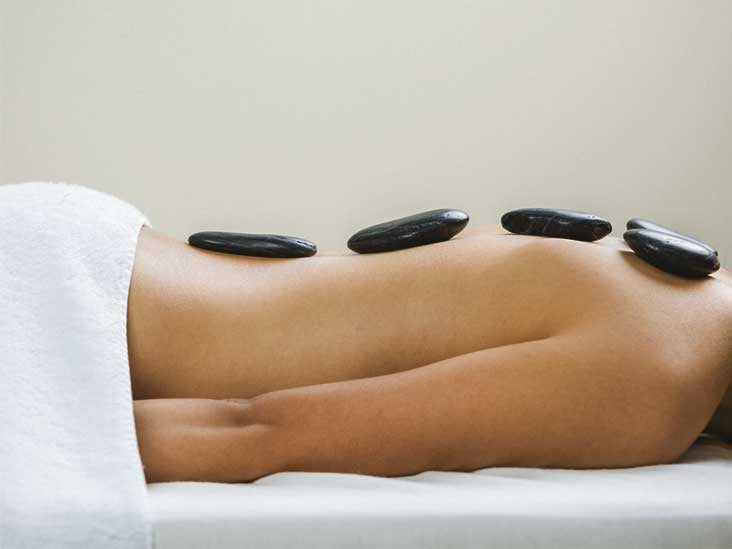Myofascial Release - Benefits and Side Effects

Myofascial Release can be a great option for those suffering from persistent muscle pain or muscle soreness. Many patients feel relief within minutes of their first treatment. There are many benefits and side effects of this treatment that you should be aware of, even if had never tried this treatment before. Make sure you do your homework prior to trying this therapy, as it's not for everyone. Read on to learn more.
Myofascial active release

The primary goal of myofascial release is to lessen discomfort by dislodging adhering tissues as well as trigger point. It is difficult to pinpoint where the pain originates and myofascial releases are most often performed over an area that does not look to have a connection to pain. Myofascial release passively is a fantastic method of alleviating pain, however you should use it only under the guidance of a trained practitioner.
Certain practitioners employ"myofascial releases" to refer to other approaches to muscle-tissue healing. The focus is on the effects that mechanistically occur through stretching and pressing on trigger points to influence the length and circulation. A lot of these techniques emphasize pressure and stretching in order to melt the gel matrix. There is no single method for performing passive myofascial release. Listed below are several approaches to the process.
ART is often performed to treat plantar fasciitis, Shin splints and piriformis disorder. You can use it to treat tennis elbow tennis elbow and other myofascial issues. Also, it is effective in treating a variety of conditions that include tennis elbow, golfer's elbow, pain in the hand, and low back pain.
Trigger points
Trigger points located in the lower back are quite common. Because the muscle layer is thick, it can be difficult for hands to find these points. Trigger point balls are a great option. It is possible to treat trigger points either with your hands or making use of trigger point ball. Trigger point treatment can be combined with chiropractic adjustments and trigger point balls in both instances. Find tiny bumps underneath the skin and find trigger points within your region.
Professionals in myofascial release will typically find taut muscles in trigger areas. The bands can be pain-producing and could cause specific or referential sensation. They can be either active or inactive. In some cases, the trigger point may be located in a different muscle. An injury is usually responsible for the condition. 평택출장안마 The trigger points of myofascial release could occur as a result of an overactive sarcomere or an excessively active motor endplate.
The pressure of the trigger point must be evenly distributed every 30 seconds. So long as the massage isn't painful, you can repeat the process at least six times per day. To determine the right amount of pressure needed to obtain myofascial relief using a scale from 1-10. Myofascial trigger points are most typically found on your fingers, thumbs and elbows. For larger areas, a foam roller might prove useful.
Side effects
Myofascial release can have adverse negative effects. In the first few sessions, you may feel some pulling, burning, or discomfort. An electrical sensation can be experienced. At times, it is possible to be able to feel the muscle moving. It is an indication that there are more muscle fibers being released. If there are more than that, this indicates the outcome was positive. There are some who feel an instant radiating sensation. The effects are usually brief but it doesn't last more than 24 hours.
The main purpose of myofascial release is to ease pain by relaxation of trigger points. It's not simple to find trigger points due to the fact that it's performed over vast regions of muscle and tissue. This is why most massage therapy is performed in a session that involves massage. But, there are other specialists like chiropractors and traditional doctors are able to perform this technique. If you are considering this treatment, it is recommended that you must consult a medical professional before undergoing this treatment.
There are many benefits to myofascial release. Aside from alleviating the pain that is chronic, it can also improve your posture and balance, and avoid or reduce the need for surgery. It is often recognized to improve balance and mobility. Aside from releasing restrictions, myofascial release therapy can improve your daily activities and prevent musculoskeletal pain. However, it could take a few treatments to achieve your objectives.
